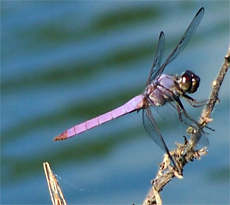
AMMONIA REDUCTION AND NITRIFIERS

| Pond water should be tested for dissolved oxygen levels, prior to the application of nitrifying bacteria |
What are nitrifiers ? |
||
|
The biological reduction of ammonia using bioremediation ( microbes) . Nitrification is the biological or biochemical process in which ammonia is oxidized to nitrite, and nitrite oxidized to nitrate and requires low BOD/COD levels in high dissolve oxygen concentrations. Nitrifying bacteria facilitate the nitrogen cycle. True nitrifying bacteria are considered to be those belonging to the family Nitrobacteraceae. These nitrifying bacteria are strictly aerobic, gram-negative, chemolithic autotrophs. They can only use nitrogen from inorganic sources such as ammonia and nitrite. Nitrosomonas (ammonia-oxidizers- NH3 to NH2) and Nitrobacter (nitrite-oxidizers - NO22 to NO3) are the most common. They require oxygen, utilize mostly inorganic (without carbon) compounds as their energy source, and require carbon dioxide (CO2) for their source of carbon. In the case of the Nitrobacteraceae, these energy sources are derived from the chemical conversion of ammonia to nitrite, or, nitrite to nitrate.
Nitrifiers consume 7.2 ppm of alkalinity for each ppm of ammonia oxidized to nitrate, so adjust alkalinity if necessary to stay within that range. Nitrifying bacteria provide biological oxidation of ammonia in:
True nitrifiers, unlike heterotrophs, are not spore forming and thus cannot be dried into powder products.
|
|